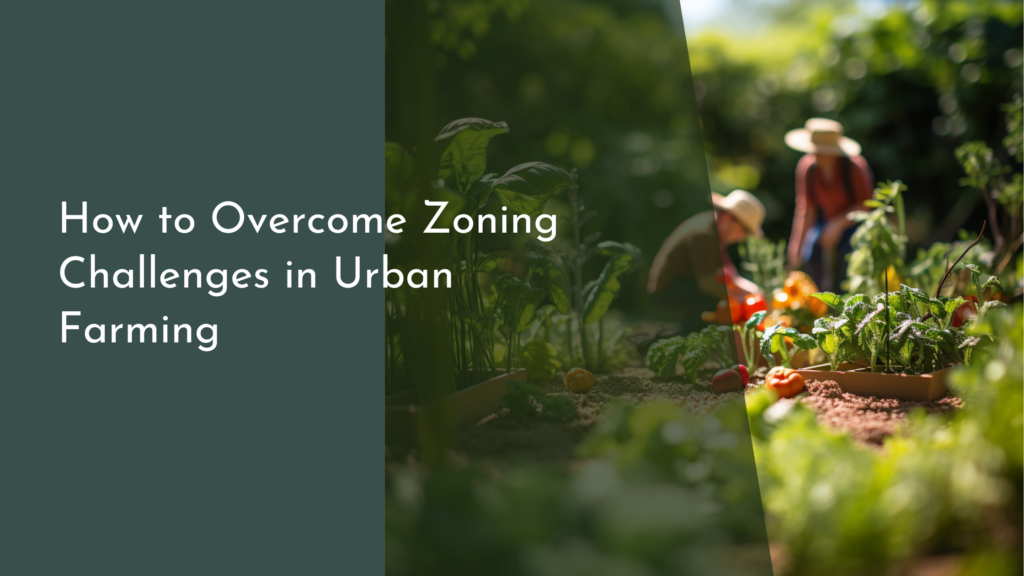Agrivoltaics: Combining Solar Panels with Farming
Agrivoltaics, the innovative practice of combining solar energy generation with agricultural production, is transforming the landscape of farming and renewable energy. By utilizing land for both solar panels and crops, this approach not only optimizes land use but also fosters environmental sustainability. With the world shifting towards greener practices, agrivoltaics serves as a beacon of hope for farmers looking to enhance productivity while contributing to renewable energy solutions.
As climate change and food insecurity become increasingly pressing challenges, agrivoltaics presents a harmonious and efficient path forward. This article explores the myriad benefits of agrivoltaics, how solar panels and crops can thrive together, the innovative techniques driving success in these systems, and the promising future of sustainable agriculture and renewable energy.
Discover the Benefits of Agrivoltaics for Farmers and Nature
Agrivoltaics offers a plethora of benefits to farmers, enhancing both productivity and profitability. Farmers can generate an additional revenue stream by leasing land for solar installations while still growing crops beneath the panels. This dual-use approach can lead to higher overall yields, as the solar panels provide shade that can reduce heat stress on plants, particularly in regions experiencing extreme temperatures. Additionally, the income generated from solar energy can help farmers offset the rising costs associated with agricultural inputs.
From an ecological perspective, agrivoltaics contributes positively to the environment. The shade provided by solar panels can help retain soil moisture and reduce the need for irrigation, which is particularly beneficial in arid regions. Moreover, incorporating solar panels into farmland can promote biodiversity by creating microhabitats for various organisms. This synergy between farming and energy generation not only supports sustainable practices but also enhances the resilience of ecosystems.
How Solar Panels and Crops Flourish Together in Harmony
The relationship between solar panels and crops is one of mutual benefit, as both can thrive in the same environment when designed properly. Solar panels can be strategically positioned to allow sufficient sunlight to reach the crops, fostering growth while simultaneously generating electricity. Some crops, such as shade-tolerant varieties or those that can benefit from reduced sunlight during peak heat hours, can flourish under the panels, optimizing land use and ensuring farmers can harvest both energy and produce.
Moreover, the careful planning of agrivoltaic systems encourages biodiversity on farms. By integrating pollinator-friendly plants or cover crops alongside agricultural produce, farmers can create a more resilient ecosystem. This diversification can lead to improved soil health and reduced pest pressures, ultimately benefiting both crop yields and solar energy efficiency, as healthier soils can better support the infrastructure needed for solar setups.
Innovative Techniques for Successful Agrivoltaic Systems
To maximize the effectiveness of agrivoltaic systems, innovative techniques are continually being developed. Vertical farming and the use of movable solar panels are among the cutting-edge strategies being employed. Vertical farming allows for the cultivation of crops in stacked layers, optimizing space while reducing water usage and enhancing accessibility to sunlight in between the solar arrays. Meanwhile, movable solar panels can adjust their positions to track the sun’s movement, ensuring that both the crops and the solar installations receive the optimal amount of sunlight throughout the day.
Furthermore, advancements in technology have led to the development of solar panels designed specifically for agrivoltaics. These panels can be constructed to allow certain wavelengths of light to pass through, benefiting plants while generating electricity. This tailored approach not only maximizes energy production but also ensures that the crops receive the necessary light for growth. With ongoing research and development, the potential for agrivoltaics continues to expand, paving the way for more efficient and sustainable farming practices.
The Future of Sustainable Agriculture and Renewable Energy
The future of agrivoltaics is bright, with the potential to revolutionize the agricultural and renewable energy sectors. As more farmers adopt this innovative approach, we can expect to see significant advancements in sustainable farming techniques, leading to increased food security and environmental preservation. The integration of solar energy systems into agricultural practices will not only help mitigate climate change but also provide farmers with the financial stability they need to thrive in an increasingly unpredictable market.
As governments and organizations worldwide recognize the importance of sustainable practices, agrivoltaics will likely receive increased support and investment. Encouraging policies and incentives for farmers willing to explore this dual-use model will further accelerate the transition towards a greener future. Ultimately, the marriage of agriculture and renewable energy through agrivoltaics holds the promise of a sustainable coexistence that benefits farmers, consumers, and the planet alike.
In conclusion, agrivoltaics stands at the intersection of innovation, sustainability, and resilience in the face of global challenges. By combining solar panels with farming, we can create a symbiotic relationship that not only enhances agricultural productivity but also contributes to a cleaner, more sustainable energy landscape. As we continue to explore and implement these systems, we pave the way for a brighter, greener future for both agriculture and renewable energy. With enthusiasm and ingenuity, we are on the verge of a revolution that could redefine how we harness the land and energy resources for generations to come.

